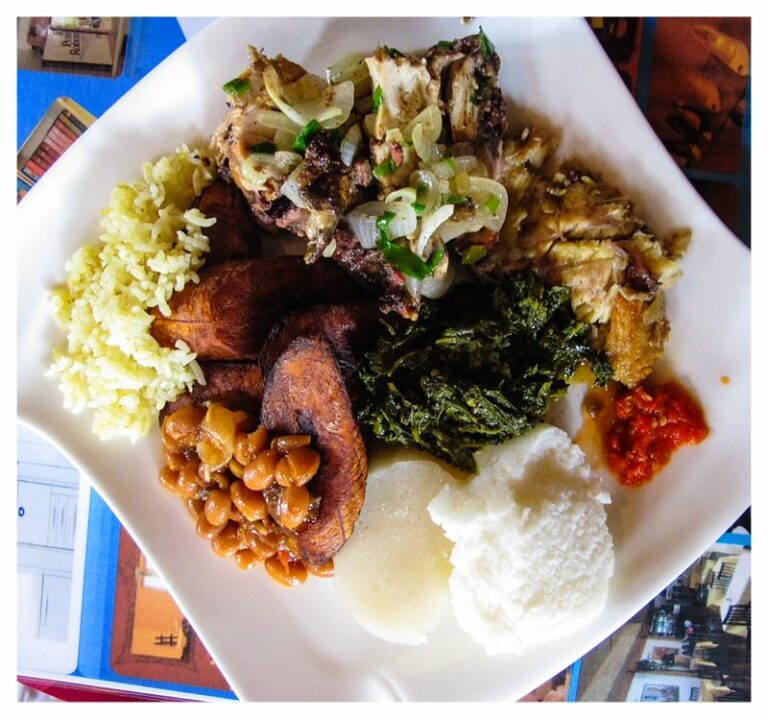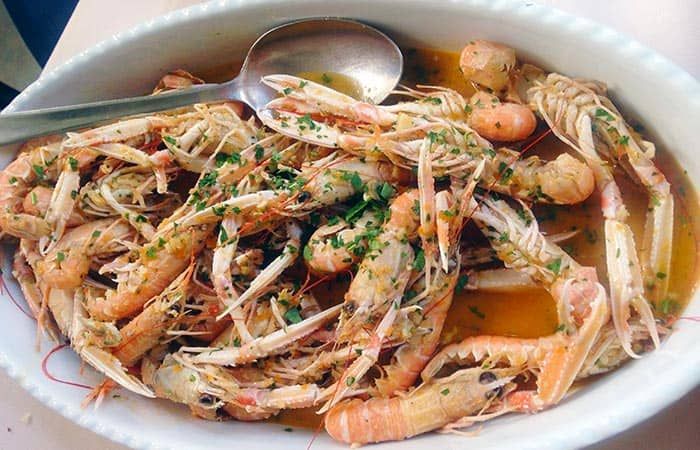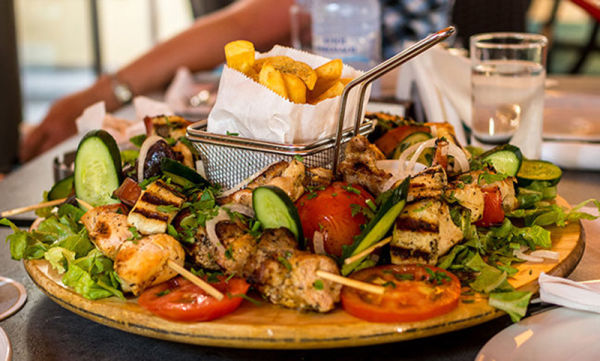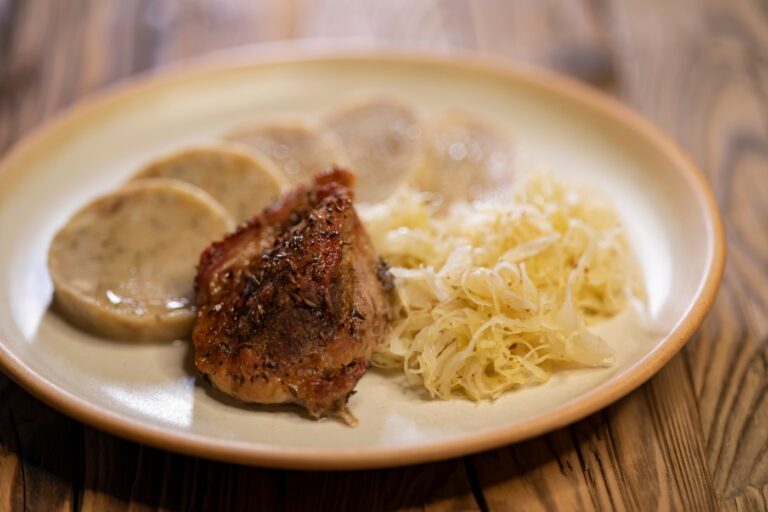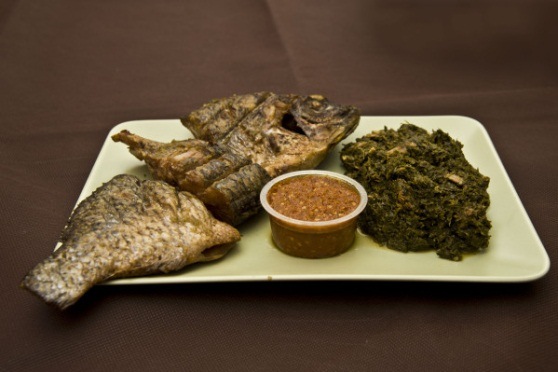Introduction: Congolese Cuisine Overview
Congolese cuisine is influenced by various cultures, including Arab, Portuguese, and French. It is characterized by the use of grains, vegetables, fruits, and different types of meat and fish. Congolese cuisine varies by region, but common staples include cassava, maize, plantains, and peanuts. The cuisine is also known for its use of spices and herbs, such as garlic, ginger, and coriander.
Fish in Congolese Cuisine: A Staple Food
Fish is a staple food in Congo due to the country’s proximity to the Congo River and the Atlantic Ocean. Freshwater fish, such as tilapia and catfish, are commonly used in Congolese cuisine. Fish is often grilled or fried and served with a side of vegetables and rice or cassava. Fish is also used in soups and stews, such as the popular dish, “maboke,” which consists of fish steamed in banana leaves with spices and herbs.
Meat in Congolese Cuisine: A Source of Protein
Meat is also a common source of protein in Congolese cuisine. Beef, chicken, and goat are the most commonly consumed meats in Congo, though bushmeat, including antelope, monkey, and crocodile, is also consumed in some regions. Meat is often stewed or grilled and served with a side of vegetables, rice, or cassava. Meat is also used in soups, such as “sauce graine,” a stew made with beef or chicken and a sauce made from ground peanuts.
Classic Congolese Fish Dishes: Recipes and Ingredients
One classic Congolese fish dish is “kapenta,” which consists of small freshwater sardines cooked in a tomato-based sauce with onions, garlic, and chilies. Another classic dish is “ngulu,” which is made with smoked fish served with a side of cassava leaves stewed in peanuts.
Classic Congolese Meat Dishes: Recipes and Ingredients
One classic Congolese meat dish is “saka saka,” which consists of tender beef cooked in a sauce made from cassava leaves, palm oil, and spices. Another classic dish is “moambe chicken,” which is made with chicken cooked in a sauce made from palm nuts, onions, and chilies.
Cultural Significance of Fish and Meat in Congolese Cuisine
Fish and meat hold cultural significance in Congolese cuisine. They are often served during special occasions and celebrations, such as weddings and funerals. They also hold symbolic meaning, representing wealth, status, and hospitality.
The Impact of Geography on Fish and Meat Consumption in Congo
Geography plays a significant role in fish and meat consumption in Congo. Regions close to the coast and rivers have greater access to seafood and freshwater fish, while regions further inland rely more on bushmeat and domesticated animals for their meat consumption.
Conclusion: Fish and Meat in Congolese Cuisine, a Rich Culinary Experience
Fish and meat are essential components of Congolese cuisine, providing a rich culinary experience. The use of different spices, herbs, and cooking methods results in a variety of unique and flavorful dishes. The cultural significance and impact of geography on fish and meat consumption in Congo make them an integral part of the country’s cuisine and identity.


